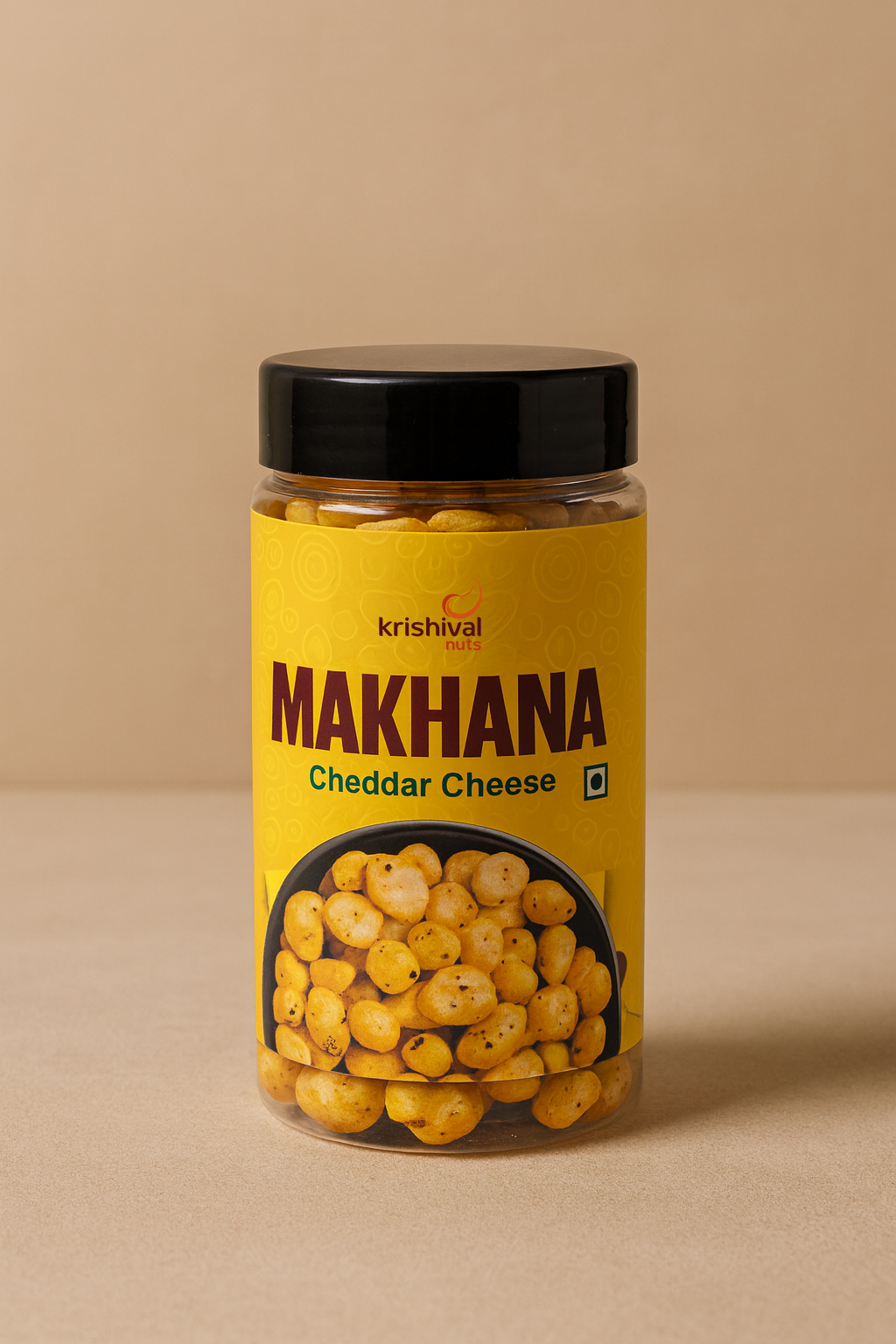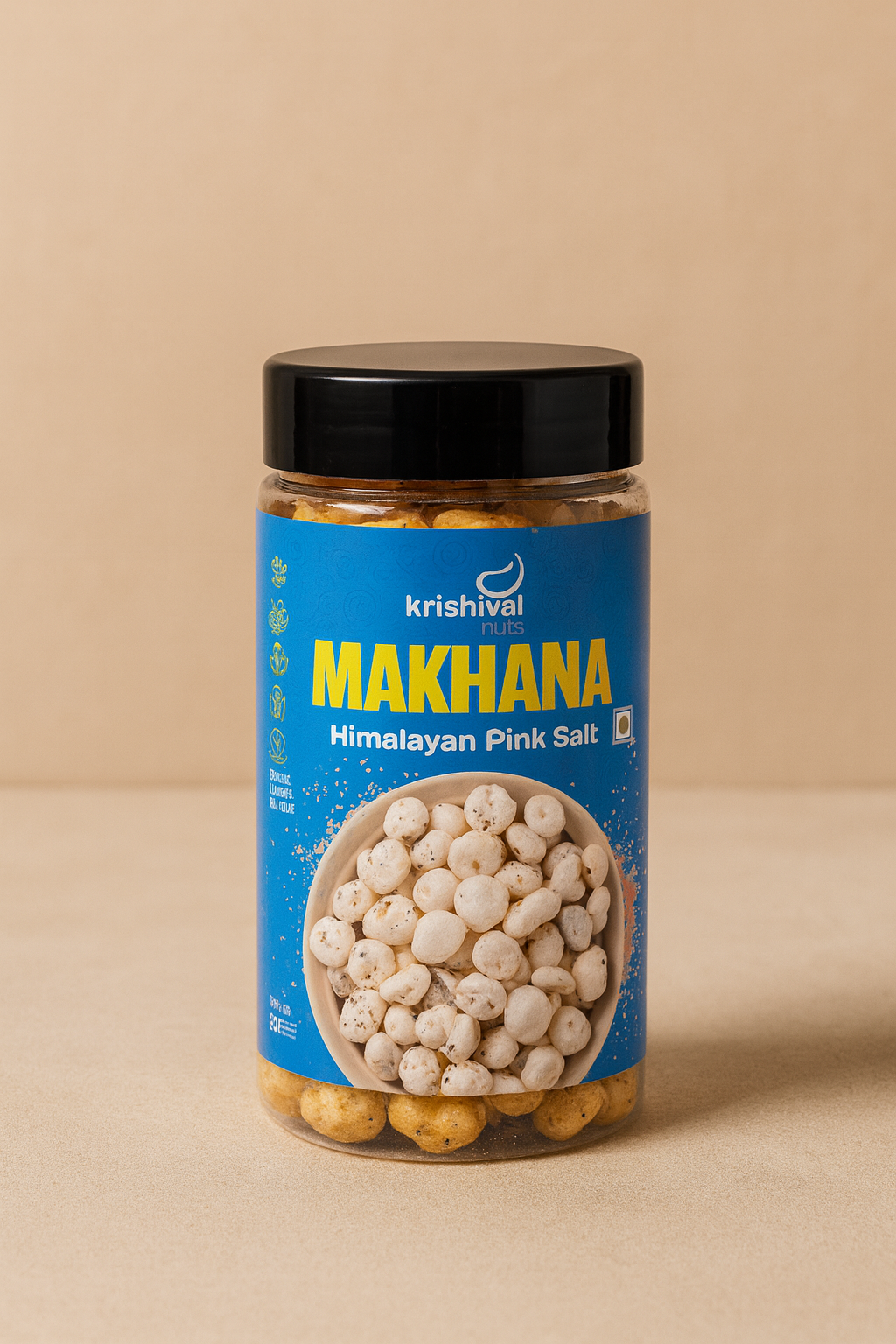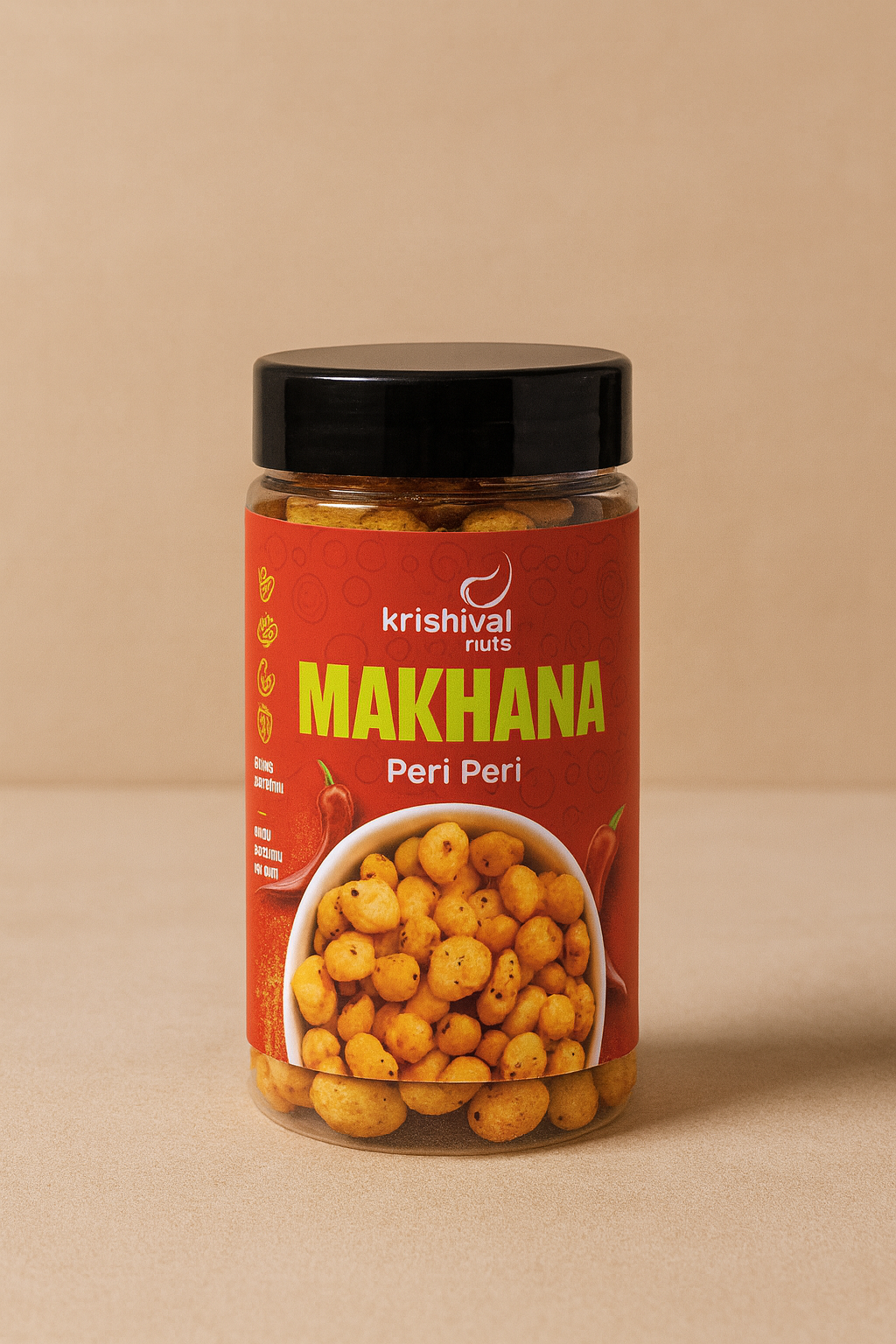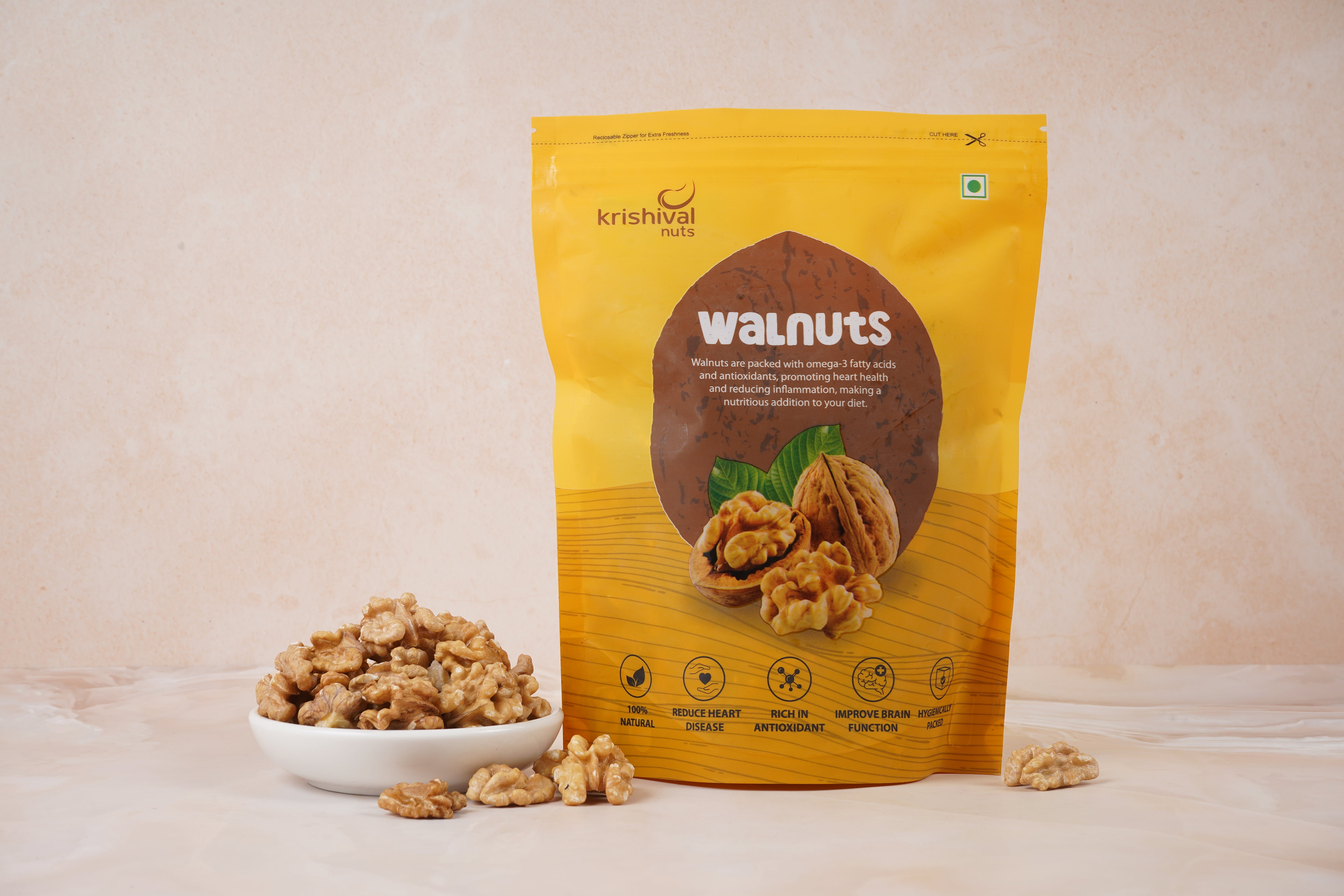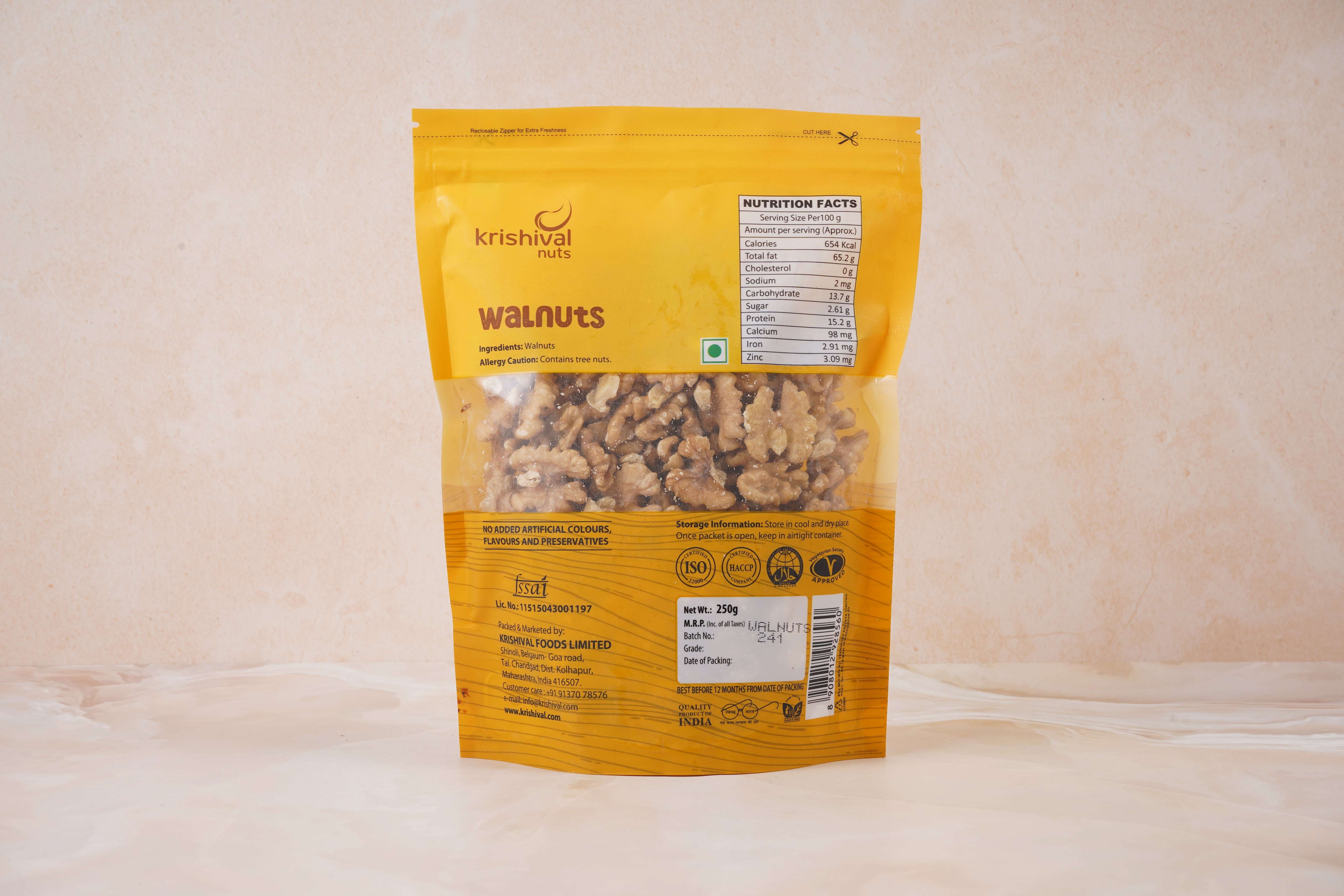What Are Pine Nuts? A Comprehensive Guide to the Edible Seeds of Pine Trees
What are pine nuts? These small, elongated edible pine seeds come from various pine trees. People often call them pignoli or piñón. These delightful pine nuts actually grow inside pine cones. For centuries, they have held a special place in cooking around the world. Their gourmet status makes them a fascinating and prized ingredient. This guide explores everything about these unique seeds, from the tree to your table. You can also explore other nutritious dry fruits and nuts to expand your healthy eating choices.
The Botanical Truth: Are Pine Nuts Really Nuts?
So, are pine nuts nuts in the strict sense? From a pine nut botanical viewpoint, they are not true nuts. They are actually the edible seeds of pines, which belong to gymnosperm plants. This means they are "naked" seeds, unlike the seeds of angiosperms that are enclosed within an ovary. These plants are part of the ancient Pinaceae family, specifically the Genus Pinus. True nuts, according to the botanical definition of a nut, have a hard shell and the seed is fused to the shell wall. Pine nuts, however, are simply the seeds found between the scales of pine cones. The history of pine nuts as a food source is remarkably long, stretching back to the Paleolithic era, showing their enduring appeal. For more on how foods are grouped, it’s helpful for understanding food classifications.
Where Do Pine Nuts Come From? Global Sources and Key Species
Many people wonder where do pine nuts grow. These special seeds come from pine trees found in many parts of the world. Major producers include China, Russia, North Korea, Pakistan, and Afghanistan. The Mediterranean region is also famous for its pine nuts. There are several important pine nut species that provide the types of pine nuts we enjoy.
European pine nuts, often from the Pinus pinea (Stone Pine), are well-known. This species thrives in the Mediterranean. It produces long, torpedo-shaped nuts with a rich, somewhat resinous flavor. These are classic in pesto. Asian pine nuts include varieties like the Pinus koraiensis (Korean Pine), found in Northeast Asia, including China, Korea, and Russia. Its seeds are typically shorter, with a teardrop or triangular shape, and offer a mild, slightly sweet taste. They are often used for general purposes and represent a large part of the bulk supply.
Chilgoza pine nuts (Pinus gerardiana) originate from the Western Himalayas, in areas like Pakistan and India. These nuts are distinctively long and slender, possessing a wonderfully buttery and delicate flavor, making them great for snacking or in regional dishes. In North America, pinyon nuts (or piñón) from trees like Pinus edulis are significant. These grow in the Southwestern US and Mexico. They have a medium size, often a harder shell, and a sweet, earthy flavor, playing a big role in traditional Southwestern US food. Another notable type is the Siberian Pine (Pinus sibirica), which also contributes to the global supply. You can learn more about pine tree diversity from forestry resources. For those interested in where foods come from, you might want to learn about global crop origins.
Here's a quick look at some key species:
|
Species Name |
Origin |
Shape/Size |
Flavor Profile |
Common Uses |
|
Pinus pinea |
Mediterranean |
Long, torpedo-shaped |
Rich, resinous |
Pesto, European dishes |
|
Pinus koraiensis |
NE Asia (China, Korea, Russia) |
Shorter, teardrop/triangular |
Mild, slightly sweet |
General use, bulk supply |
|
Pinus gerardiana |
Western Himalayas (Pakistan, India) |
Long, slender |
Buttery, delicate |
Snacking, regional dishes |
|
Pinus edulis (Pinyon) |
Southwestern US, Mexico |
Medium, harder shell |
Sweet, earthy |
Traditional SW US food |
The Journey from Cone to Kitchen: How Pine Nuts Are Harvested and Processed
Figuring out how are pine nuts harvested reveals a surprisingly labor-intensive process. The journey of pine nut processing starts with pine trees that can take many years, sometimes decades, to mature and produce a good yield of pine cones. Cone development itself can span two to three years. Harvesters often collect the cones manually, which can involve climbing tall trees or using long poles with hooks. In some areas, mechanical shakers might assist. It’s interesting to note that birds like the Pinyon Jay also play a natural role in dispersing seeds, though this isn't part of commercial harvesting.
Once collected, the pine cone harvesting process continues with drying. Cones are typically spread out in the sun or placed in warm, dry areas. This drying makes the cone scales open up, revealing the seeds nestled inside. Extracting the seeds from the opened cones is the next step. Then comes shelling pine nuts. This is often a two-stage task. First, a hard outer shell is removed. After that, a thin inner skin, or membrane, must also be taken off to get to the edible kernel. Finally, the nuts are sorted by size and quality. This whole demanding journey explains why these little seeds come with a higher price tag. You can see the pine nut harvesting process in more detail through resources from agricultural organizations. The effort involved is similar to the journey of specialty crops like saffron.
Why Are Pine Nuts So Expensive? Unpacking the Cost Factors
Many people ask why are pine nuts expensive. The high cost of pine nuts comes down to a few key things. These expensive nuts (though technically seeds) have a complex journey.
-
Long Cultivation Time: Pine trees that produce nuts take a very long time to grow and mature, sometimes 15 to 25 years before they yield a good harvest, and peak production might not happen until much later.
-
High Labor Costs: The harvesting process is incredibly labor-intensive, as described earlier. Workers often collect cones by hand from tall trees, sometimes in difficult wild terrain.
-
Challenging Wild Harvesting: Many pine nuts come from wild stands of trees, often in remote or mountainous regions. This makes collection difficult and sometimes unpredictable.
-
Difficult Processing: Shelling pine nuts is also a delicate and time-consuming task, whether done by hand or with specialized machinery.
-
Supply and Demand: The demand for pine nuts is consistently strong, especially for their use in popular dishes like pesto. However, supply can fluctuate due to weather, tree health, and the long growth cycles, pushing prices up.
Understanding these factors affecting food prices helps to appreciate the value of pine nuts.
Nutritional Powerhouse: The Health Benefits of Pine Nuts
Pine nuts nutrition makes them a fantastic addition to a healthy diet. While pine nuts calories are relatively high, about 191 calories per ounce (28 grams), they are packed with beneficial nutrients. These tiny seeds offer a good amount of plant-based protein and dietary fiber. A significant portion of their calories comes from healthy fats, particularly monounsaturated fats like oleic acid, and polyunsaturated fats, including the special pinolenic acid. Pinolenic acid is an omega-6 fatty acid primarily found in pine nuts and is studied for its potential health effects, including appetite suppression.
The health benefits of pine nuts are numerous. They are a great source of Vitamin E, a potent antioxidant, and Vitamin K, important for blood clotting and bone health. Pine nuts also provide essential minerals like magnesium, manganese (crucial for metabolism and bone health), phosphorus, iron, and zinc. The antioxidants in pine nuts help protect cells from damage. These nutrients work together to support heart health by helping manage LDL cholesterol (bad cholesterol) and maintain healthy HDL cholesterol (good cholesterol) levels. Some research suggests the fats in pine nuts contribute to satiety, potentially aiding in weight management. Their nutrient profile may also support blood sugar control, brain health, and overall bone strength. So, are pine nuts healthy? Absolutely, when eaten in moderation as part of a balanced diet. For more ideas on nutritious foods, check out these tips for more on healthy eating habits. The nutritional values can be verified via Source: USDA FoodData Central. Leading organizations often highlight how nuts for heart health can be beneficial. (Last Updated: May 2025)
Culinary Delights: How to Use Pine Nuts in Your Kitchen
Learning how to use pine nuts opens up a world of flavor in your kitchen. What do pine nuts taste like? They have a delicate, buttery, and slightly sweet flavor when raw. Toasted pine nuts offer an even richer, nuttier taste and a more pronounced aroma, which many people prefer for cooking with pine nuts. They are incredibly versatile. One of the most famous pine nut recipes is undoubtedly pesto, a classic sauce in Italian cuisine where pine nuts are a star ingredient. They also add a delightful crunch and richness to salads and are a popular addition in Mediterranean cuisine and Middle Eastern cuisine.
Beyond these, pine nuts shine in baked goods like cookies, cakes, and tarts. You can use them in stuffings for poultry or vegetables, or sprinkle them over roasted vegetables, fish, or meat dishes as an elegant garnish. They pair beautifully with pasta, rice dishes, and even fruit.
How to Toast Pine Nuts Perfectly: Toasting pine nuts is simple. You can do it in a dry skillet over medium-low heat. Stir them constantly for about 3-5 minutes until they are golden brown and fragrant. Watch them closely, as they can burn quickly. Alternatively, spread them on a baking sheet and toast in an oven at 350°F (175°C) for 5-7 minutes, shaking the pan occasionally. Once toasted, let them cool completely before using. You might like to try our pine nut pesto recipe or find inspiration like a classic pesto recipe from other culinary sites.
Buying and Storing Pine Nuts for Maximum Freshness
Knowing how to approach buying pine nuts is the first step to enjoying them at their best. Look for nuts that are plump, evenly colored (usually a creamy ivory), and free from shriveled pieces. Always check the expiration or "best by" date on the package if available. Because of their high oil content, people often ask, do pine nuts go bad? Yes, they can become rancid fairly quickly if not stored properly, developing an unpleasant, bitter taste.
To keep pine nuts fresh, proper storage is crucial. For short-term storage (a few weeks to a couple of months), place the pine nuts in an airtight container and keep them in the refrigerator. For longer storage (up to six months or even longer), the freezer is your best option. Again, use an airtight container or a heavy-duty freezer bag to protect them from moisture and freezer burn. These simple steps will help preserve their delicate flavor and prevent rancidity. Following general food storage best practices will always help.
Storage Tips:
-
Buy from reputable sources with good turnover.
-
Store in an airtight container.
-
Refrigerate for short-term use.
-
Freeze for long-term storage.
-
Taste one before using if they've been stored for a while.
Potential Concerns: Pine Mouth Syndrome and Allergies
While generally safe and healthy, there are a couple of potential side effects of pine nuts to know about. One is pine mouth syndrome, sometimes called metallogeusia. This condition involves experiencing a temporary bitter or pine nuts metallic taste in the mouth after eating certain pine nuts. It usually starts 12 to 48 hours after consumption and can last from a few days to a couple of weeks. While unpleasant, it's not considered harmful and resolves on its own. This reaction is often linked to nuts from the Pinus armandii (Chinese white pine) species, which are not typically sold for culinary use in some regions but can sometimes enter the market.
A pine nut allergy is another concern, though it is less common than other tree nut allergy types. Symptoms of an allergic reaction can range from mild (like hives or an upset stomach) to severe (like anaphylaxis). Anyone with a known tree nut allergy should be cautious with pine nuts and consult their allergist. It's always wise to learn about understanding food sensitivities. For more specific information, you can learn more about pine nut allergies from dedicated organizations.
Understanding Pine Mouth:
-
Temporary bitter or metallic taste.
-
Starts 1-2 days after eating certain pine nuts.
-
Can last days or weeks.
-
Not considered dangerous, resolves on its own.
-
Often associated with Pinus armandii species.
Beyond Pesto: Exploring Cultural Significance and Historical Uses
The history of pine nuts shows they were much more than just a tasty snack. Pine nuts in ancient cultures played a significant role. For example, Native Americans in various regions of North America, particularly the Southwest, relied heavily on pinyon nuts as a staple food. They developed sophisticated harvesting and processing techniques for these traditional uses of pine nuts. Archaeological evidence shows their consumption goes back thousands of years.
Across the Atlantic, Ancient Greeks and Roman legions also valued pine nuts. They used them in various dishes and even appreciated them for supposed medicinal properties. Pine nuts appear in ancient recipes and texts, highlighting their long-standing presence in traditional diets around the Mediterranean and beyond. These historical uses show a deep connection between people and pine trees, reflecting an understanding of their nutritional
Frequently Asked Question (FAQ)
What are pine nuts, and how do they differ from other types of edible seeds or nuts?
Pine nuts are the edible seeds of certain pine tree species, harvested from the cones of the tree. Unlike most nuts, which come from fruits, pine nuts are seeds found inside pine cones. They are soft, sweet, and rich in oils, distinguishing them from harder nuts like almonds or walnuts.
How are pine nuts harvested from pine trees, and what makes them such a labor-intensive food source?
Harvesting pine nuts involves collecting pine cones from specific pine tree species, then removing the seeds from the cones. This process is labor-intensive because the cones must be carefully opened and the seeds extracted. It can take several years for pine cones to mature, making pine nuts a time-consuming food source.
What are the nutritional benefits of pine nuts, and how do they compare to other popular nuts like almonds or walnuts?
Pine nuts are packed with protein, healthy fats (especially monounsaturated and polyunsaturated fats), fiber, vitamins (like vitamin E and B-vitamins), and minerals (such as magnesium, zinc, and iron). Compared to almonds and walnuts, pine nuts are higher in fat and calories, but they also offer unique nutrients like vitamin K and manganese.
How do pine nuts contribute to heart health, and what specific nutrients in them support cardiovascular function?
Pine nuts are rich in monounsaturated fats, which help lower bad cholesterol (LDL) and increase good cholesterol (HDL), promoting heart health. Magnesium, present in pine nuts, helps regulate blood pressure and supports overall cardiovascular function, while antioxidants like vitamin E protect the heart from oxidative damage.
What role do pine nuts play in boosting energy levels, and why are they considered a great snack for active individuals?
Pine nuts provide a balanced mix of protein, healthy fats, and carbohydrates, making them a great energy-boosting snack. The healthy fats give sustained energy, while protein aids in muscle repair, and carbohydrates replenish glycogen stores after exercise, making them ideal for active individuals.
Can pine nuts help in weight management, and what makes them beneficial for controlling appetite and promoting satiety?
Pine nuts are high in protein and healthy fats, which help keep you full and satisfied, reducing overall calorie intake. Their fiber content also promotes satiety and supports digestion, making them a good snack for weight management as they help prevent overeating by controlling appetite.
How do pine nuts support brain health and cognitive function, and what specific nutrients contribute to mental clarity and memory?
Pine nuts are a great source of magnesium and vitamin E, both of which support cognitive function. Magnesium plays a role in nerve function, while vitamin E acts as an antioxidant, protecting brain cells from oxidative stress. Regular consumption may improve mental clarity and memory and reduce the risk of cognitive decline.
What antioxidants are found in pine nuts, and how do they help protect the body from oxidative stress and reduce inflammation?
Pine nuts are rich in antioxidants like vitamin E, lutein, and beta-carotene, which help neutralize free radicals in the body. These antioxidants reduce oxidative stress, protect cells from damage, and lower inflammation, which in turn helps reduce the risk of chronic diseases like heart disease and cancer.
How can pine nuts benefit skin health and hair growth, and what role do they play in slowing down the aging process?
Pine nuts are rich in vitamin E, an antioxidant that helps protect skin from sun damage and free radicals, reducing wrinkles and fine lines. The healthy fats in pine nuts also support skin hydration and elasticity. Zinc and vitamin E promote hair health by strengthening hair follicles and preventing hair loss, while antioxidants help slow down the aging process.
Can consuming pine nuts help with digestion, and how do they contribute to gut health and regular bowel movements?
Pine nuts are high in dietary fiber, which aids digestion by promoting regular bowel movements and preventing constipation. Fiber also acts as a prebiotic, feeding beneficial gut bacteria and supporting a healthy gut microbiome, contributing to overall digestive health.
What is the significance of pine nuts in traditional medicine and culinary practices across different cultures?
In traditional medicine, pine nuts have been used for centuries to treat a variety of health issues, including digestive problems, fatigue, and inflammation. In culinary practices, they are used in many dishes, such as pesto, salads, baked goods, and even as a topping for roasted vegetables, due to their rich, nutty flavor.
How can pine nuts improve bone health, and what minerals in them support bone density and reduce the risk of osteoporosis?
Pine nuts are rich in magnesium, calcium, and phosphorus, which are essential for maintaining healthy bone density. Magnesium helps in the absorption of calcium, supporting strong bones. These minerals, along with the healthy fats in pine nuts, help prevent bone loss and reduce the risk of osteoporosis.
Are there any potential side effects or risks associated with consuming pine nuts, particularly in large quantities?
While pine nuts are generally safe, consuming them in large quantities may lead to digestive discomfort due to their high-fat content. They are calorie-dense, so overeating can contribute to excess calorie intake. Additionally, pine nuts are allergenic for some individuals, so it's important to be mindful of allergies.
What is the best way to store pine nuts, and how can you preserve their freshness and nutritional value for longer periods?
Pine nuts should be stored in an airtight container in a cool, dry place. To extend their shelf life, it's best to keep them in the refrigerator or freezer. This helps preserve their freshness and prevents the oils in the nuts from becoming rancid, which can happen if they're stored at room temperature for too long.
How can pine nuts be incorporated into a variety of dishes, and what are some creative ways to add them to your diet?
Pine nuts can be sprinkled on salads, mixed into pesto, or added to baked goods like cookies and muffins. They can be roasted with spices for a savory snack, used in granola, or incorporated into smoothies for a nutritional boost. Pine nuts also make a great topping for roasted vegetables, grains, and yogurt.


